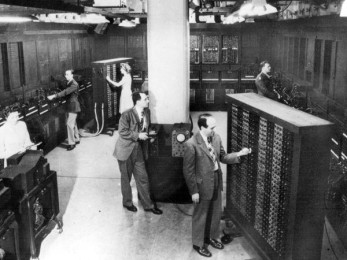 UK-based data centre outfit EkkoSense has spotted several data centre optimisation trends which could make real difference for organisations in 2019.
UK-based data centre outfit EkkoSense has spotted several data centre optimisation trends which could make real difference for organisations in 2019.
According to EkkoSense’s Chief Technology Officer Stu Redshaw said that there are multiple innovations that are ready to generate real advantages for data centre operators next year.
He said that even the best run data centres still have considerable cooling and thermal issues. And with cooling now representing around 30 percent of a data centre’s operating costs, it’s more important than ever for IT teams to focus on monitoring, managing and maximising their data centre performance as effectively as possible.
Next year the issue of DCIM availability will become an issue as more accessible approaches that are simpler to use are looked for.
Redshaw said that there was a need to address the requirement to have all the right cooling, power and space strategies in place.
Companies which are uncomfortable with over-complex DCIM or consultancy-led CFD approaches, you really don’t have to go down the DCIM route when there are equally effective SaaS-powered solutions available that can now give you all the control you need to monitor, manage and maximise your data centres, he said.
Next year will see greater focus on Edge integration.
“Maximising your data centre performance isn’t truly achievable until you’ve successfully integrated all your operations – including all your different ‘edge’ micro and modular data centre activities”, Redshaw said.
Advanced M&E Capacity Planning and Simulation capabilities have remained the preserve of the largest data centre halls and facilities. However Redshaw said that there is no excuse for this to remain the case in 2019.
“Features such as SaaS access, wireless sensing and mobile network access let you apply the same best practice optimisation standards to all your DC operations”, he pointed out.
He expects fully-sensed data centres become a reality. This is when data rooms are carefully mapped with all the appropriate data fields that operations teams can really start to gain a real-time understanding of their data centre performance.
“To do this properly we estimate that more than 1,000 sensors are required for the typical data centre, enabling the measurement of a range of previously unknown factors including energy usage, heat outputs and airflow (above and below floors),” he said.
This used to be difficult due to the market cost of sensors, however the introduction of low-cost IoT-enabled wireless devices has changed the cost dynamic making new levels of sensing achievable.





